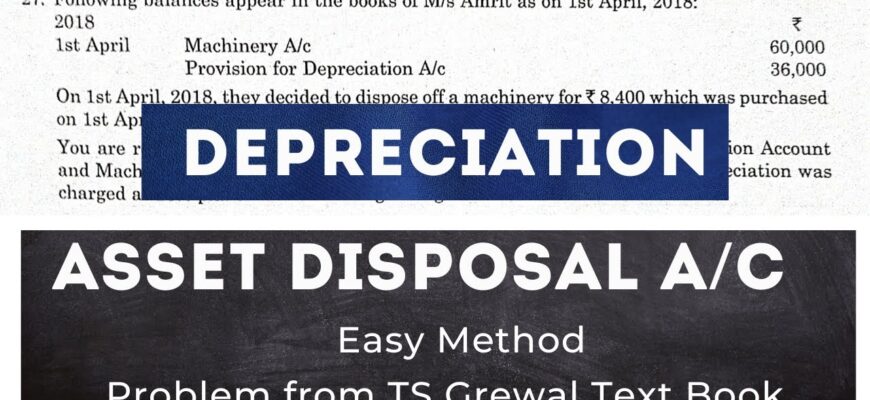The Russian Ruble has once again found itself in turbulent waters, experiencing a notable decline against major currencies. After a period of relative calm, the market`s attention is now fixed on the complex interplay of factors driving this volatility and what the immediate future holds for Russia`s national currency.
- The September Slide: A Confluence of Pressures
- Geopolitical Headwinds and the Specter of Sanctions
- The Central Bank`s Delicate Balancing Act
- Shifting Trade Dynamics: Less Inflow, More Outflow
- Macroeconomic Undercurrents: Slowing Growth and Budgetary Pressures
- Expert Outlook: What Lies Ahead for the Ruble?
- A Glimmer of Hope? Conditions for Strengthening
- Conclusion: Navigating the “New Currency Reality”
The September Slide: A Confluence of Pressures
The early days of September brought an unwelcome surprise for the Russian Ruble. Following a period of relative stability, where it comfortably hovered between 78-79 against the US Dollar and 90-92 against the Euro, the currency sharply depreciated. It rapidly crossed the 85 Ruble-per-Dollar mark and touched 100 Rubles for a Euro. This wasn`t merely a blip; it was a significant shift, prompting financial analysts to dissect the forces at play.
Geopolitical Headwinds and the Specter of Sanctions
A persistent weight on the Ruble`s shoulders remains the intricate web of geopolitics. The mere expectation of new sanctions from the United States, coupled with the ongoing tensions related to the situation in Ukraine, continues to cast a long, discernible shadow over the currency. This inherent uncertainty is a powerful deterrent for foreign investment and often precipitates capital outflows, inevitably weakening the local currency’s standing.
The Central Bank`s Delicate Balancing Act
Domestic monetary policy also plays a critical role in the Ruble`s trajectory. Initial market anticipation of a “too soft” decision from the Russian Central Bank regarding its key interest rate fueled concerns about a potential surge in inflation. Although the Central Bank ultimately opted for a 100-basis-point reduction to 17% – a somewhat less aggressive cut than some had feared – the underlying worry highlighted the delicate balance the regulator must strike between stimulating economic growth and maintaining price stability. Fundamentally, lower interest rates tend to diminish the allure of ruble-denominated assets, thereby increasing the demand for more stable foreign currencies.
Shifting Trade Dynamics: Less Inflow, More Outflow
Perhaps the most immediate and tangible drivers of the Ruble`s recent decline stem from a fundamental imbalance in the foreign exchange market, a classic case of supply and demand:
- Reduced Foreign Currency Supply: Global oil prices, a significant determinant of Russia`s export revenues, exhibited weak dynamics. This contributed to a 3.5% decrease in overall export product prices in August, with oil specifically falling by 7.7%. Furthermore, the government`s decision to abolish the mandatory sale of foreign currency by exporters significantly curtailed the flow of dollars and euros into the domestic market. According to expert reports, exporter currency sales plummeted to a 3.5-year low of $6.2 billion in August.
- Increased Foreign Currency Demand: Concurrently, a seasonal uptick in imports following the summer months, coupled with an expansion of domestic lending and an increase in the country`s money supply (up 1.5% in August), collectively bolstered demand for foreign currency. The overall need for foreign currency surged by a notable 27% in August, rising from $26.2 billion in July to $33.4 billion.
This straightforward economic principle – less foreign currency entering the market coupled with greater demand for it – naturally pushes its price upward against the Ruble.
Macroeconomic Undercurrents: Slowing Growth and Budgetary Pressures
Beneath these immediate pressures, broader macroeconomic indicators signal a challenging underlying environment. Russia`s Gross Domestic Product (GDP) growth slowed to 1.1% in Q2 2025, a decrease from 1.4% in Q1, and notably falling short of the Central Bank`s own forecast of 1.8%. A sharp rise in the budget deficit, alongside a “technical recession” observed in specific industrial sectors such as black metallurgy and cargo transportation, further exacerbates investor concerns and erodes confidence in the national currency.
Expert Outlook: What Lies Ahead for the Ruble?
Financial analysts generally concur that the array of factors currently impacting the Ruble are medium-term in nature, suggesting a continuation of these pressures in the months to come. Here’s a consolidated summary of their forecasts for the near future:
- End of September: Expectations for the US Dollar commonly hover in the 83-86 Ruble range, with the Euro projected at 97-100 Rubles, and the Chinese Yuan anticipated between 11.4 and 12.0 Rubles.
- Year-End 2025: The consensus points towards a further gradual weakening, with the US Dollar potentially reaching 87-91 Rubles, the Euro 95-107 Rubles, and the Chinese Yuan 11.4-12.5 Rubles.
A Glimmer of Hope? Conditions for Strengthening
While the immediate outlook predominantly suggests continued depreciation, analysts note that a strengthening of the Ruble is not entirely beyond the realm of possibility, albeit contingent upon substantial and arguably dramatic shifts. Such a reversal would likely necessitate:
- A significant geopolitical breakthrough, including a definitive resolution to the Ukraine conflict and a substantial restoration of trade and diplomatic relations with major Western powers, leading to the cancellation of at least some sanctions. (This, one might wryly observe, is often categorized as a “black swan” event – highly impactful yet exceptionally rare, especially on such a tight timeframe).
- Large-scale foreign currency sales executed by the Ministry of Finance, strictly adhering to established budget rules.
- A sustained and pronounced increase in global commodity prices.
- A more cautious and moderate monetary policy from the Central Bank, clearly signaling a firm stance against unchecked currency depreciation.
Conversely, any sharp deterioration of the external environment, further substantial drops in global oil prices, or a more aggressive easing of monetary policy by the Central Bank would almost certainly accelerate the Ruble`s current trajectory of decline.
Conclusion: Navigating the “New Currency Reality”
The recent weakening of the Ruble serves as a potent reminder of the inherent volatility within currency markets, particularly for economies whose fortunes are deeply intertwined with global commodity prices and evolving geopolitical developments. As Russia navigates what some economists are now terming a “new currency reality,” both businesses and individuals will undoubtedly need to adapt to these fluctuating exchange rates. The path forward remains intricate and fraught with numerous variables, rendering prudent financial planning and a vigilant eye on global events more critical than ever.





